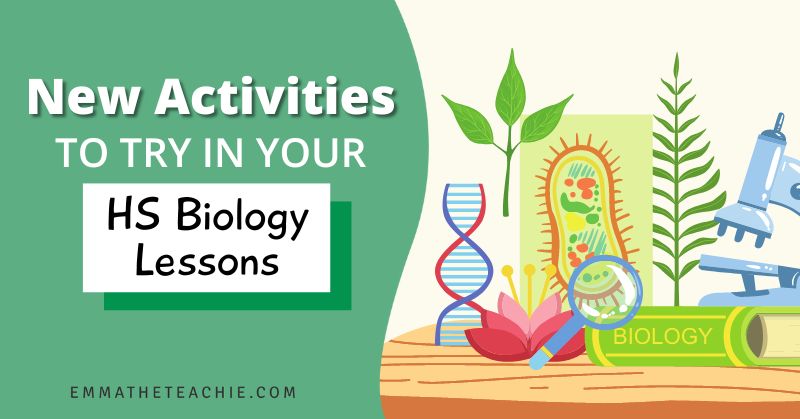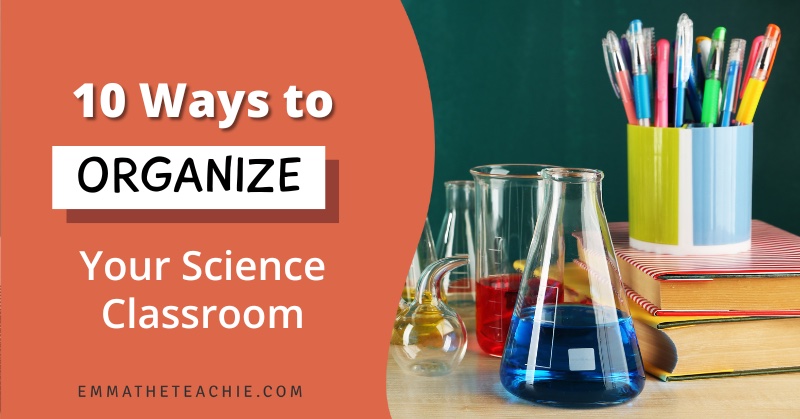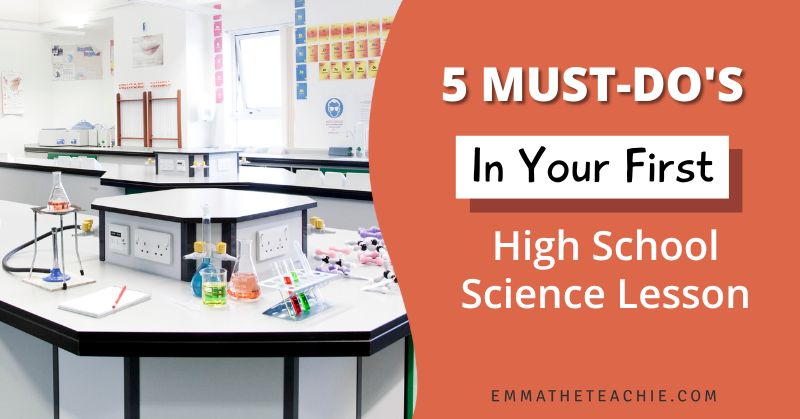
5 Must-Do’s in Your First High School Science Lessons
It’s August … dun dun dun…
That means it is officially back to school season and you are probably writing your lesson plans!
It’s important to start the year off strong, as it sets the tone for the rest of the school year.
Today we’ll look at five of my “must-dos” for your first high school science lessons.
These essential steps include:
- Getting to know your students
- Establishing procedures and routines
- Covering lab safety
- Conducting an engaging introductory display of science
- Giving a diagnostic assessment
Let’s dive into each of these must-dos to enhance yours and your students’ science classroom experience.
But first – be sure to grab your free Science Syllabus Template – this is perfect for #2 – establishing procedures and routines!
Alright, let’s get started with number 1…
1 – Get to know your students

Building strong relationships with your students is one of the most important first day tasks for creating a positive and supportive learning environment.
Take the time to get to know each student individually, learning about their interests, strengths, and areas for growth.
You can provide students with an interest inventory, otherwise known as a “Get to know you” survey. Here are some ideas for questions:
- What is your favorite subject and why?
- What are your strengths in school?
- What do you do in your spare time? (Hobbies, interests)
- Who is your favorite scientist?
- What can I do to help you be successful in my classroom?
- What is your favorite food? Favorite animal?
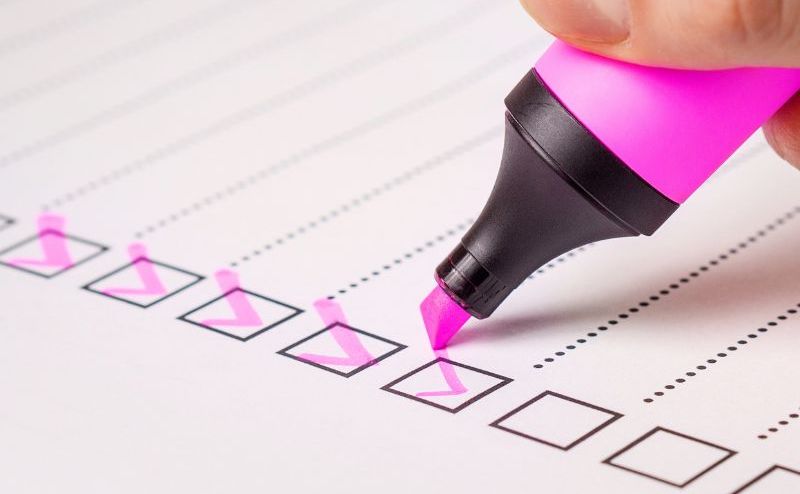
Besides that, be sure to walk around and have conversations with individuals, ask open-ended questions, and actively listen to your students. By understanding your students’ unique needs and backgrounds, you can personalize your instruction to meet their academic and personal goals.
You can also use icebreakers to establish trust and rapport. There are a TON of ideas for icebreakers – here is a great list of icebreakers for high school students I found.
Remember… getting to know your students goes beyond just memorizing their names! If you want students to respect you and engage with you, you need to show a genuine interest in their lives and create a safe space where they feel comfortable expressing themselves.
Getting to know your students is one of the best parts of teaching (in my opinion) and will ultimately enhance the learning experience for both you and your students.
2 – Establish classroom routines
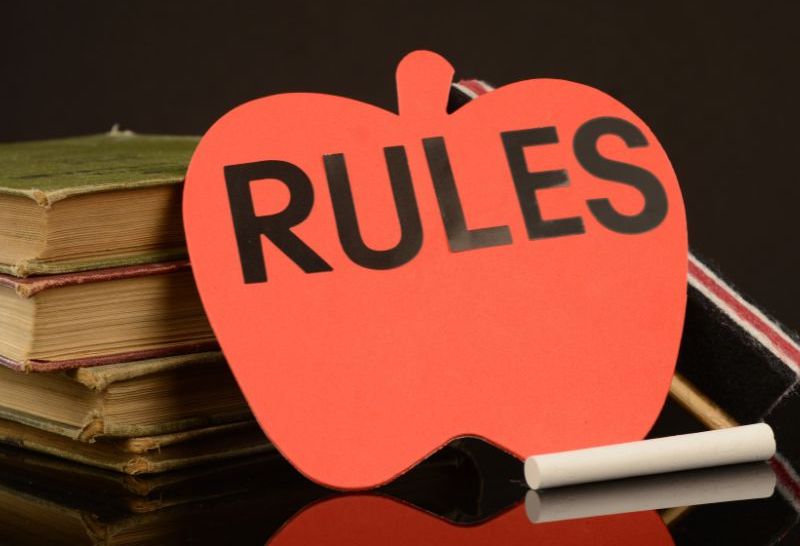
Who loves routines?
The real answer – everyone!
While we might think we love going with the flow, the truth is that it is human nature to crave routine. That’s why I always find myself sitting in the same seat at my favorite cafe, without even thinking about it!
Students also crave organization and routine (whether or not they realize it). They look to the adults in their life to help them master routines and procedures.
You must clearly communicate your expectations regarding attendance, homework, classwork, and behavior.
A great way to do this is with a syllabus. It has all of the important information for the year in it. Hand it out to students during their very first lesson, and require a return signature from themselves and their caregiver.
I’ve got a free Science Syllabus template for you! This is fully editable, so you can add anything you want.
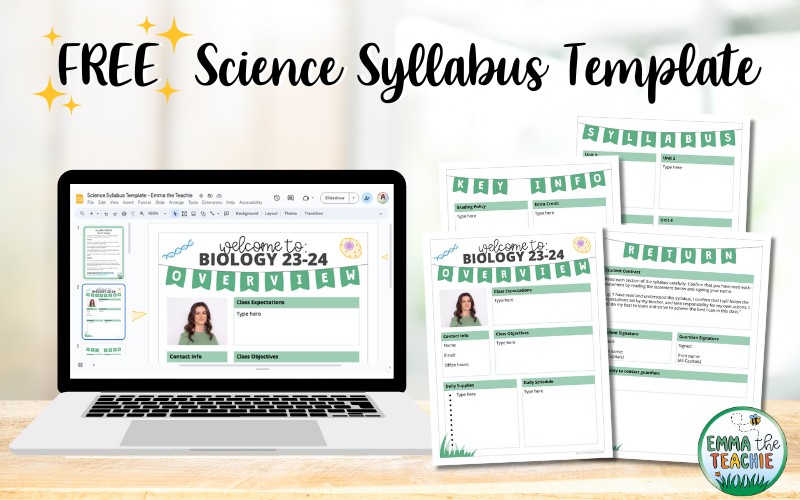
Now you’ll need to develop a consistent classroom routine.
This can include:
- a warm-up activity
- a lesson outline
- time for questions and reflections
- exit tickets
- etc.
When students know what to expect, they feel more comfortable and can focus on the learning process and content being presented.
For establishing class rules, it is great to get students involved. One way that I like to do this is asking students to create their own rules posters that they believe should be implemented. As a class, discuss which rules would be appropriate and display their works of art.
Then, you need to actually enforce these!
Be proactive in addressing any behavioral issues, which includes offering guidance and support when needed.
When you establish a structured environment from the very beginning, you will create a happy and safe space where students can thrive academically and emotionally.
3 – Review lab safety
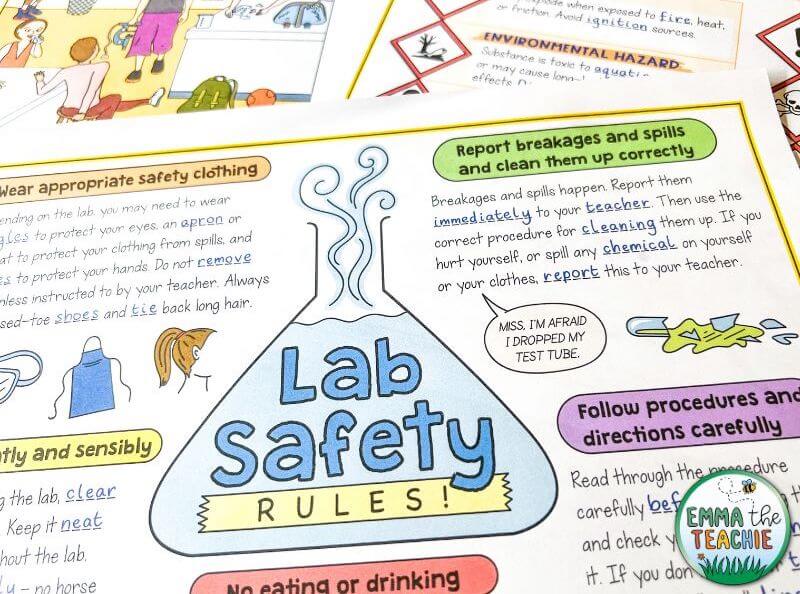
Since you teach science, you will be doing labs in your classroom. As a result, you must discuss and enforce lab safety from day one. That is a non-negotiable!
Dedicate some of the class time in the first week to review lab safety protocols and procedures.
Teach and model to your students how to properly handle lab equipment, the use of safety goggles, and the importance of following instructions. Emphasize the significance of responsible behavior and caution during experiments.
I like to use Doodle Notes as a review of lab safety. These include the task of identifying risks in a lab scene – while very comical, it does help hammer home what NOT to do in a science lab!
Provide students with written guidelines that they can reference throughout the year. I always send home a safety contract for students and their parents to sign. I then keep these signed contracts on file for the duration of my class.
You can get a free lab safety contract here: Flinn Scientific Lab Safety Contract
Beyond the first day of class, I am constantly incorporating safety reminders into my daily lessons.
When you prioritize lab safety, you send a message that your students’ safety is of the utmost importance to you, so it should be important to them, as well.

4 – Conduct a science demonstration or experiment
Within the first week, I love to actually do some science in my classroom!
I perform a science demonstration for students or engage students in their own laboratory investigation.
This can be very simple – it doesn’t need to be a complex lab. The idea here is just to get them excited, and to understand that they will be having fun in science this year!
My tip: choose a lab or demonstration that you have done before so you feel confident doing it with a new class.

Encourage students to work collaboratively, ask questions, and make predictions.
You could also take it a step further and incorporate inquiry-based learning strategies to encourage active student engagement and critical thinking. The level of inquiry will depend on the class level you are teaching, such as college prep or honors.
The laboratory experience will create a lasting impression on your students and get them excited for the rest of the course!
5 – Give students a pre-test

Including a pre-test in your high school biology classroom in the first week is an effective strategy to assess students’ prior knowledge and understanding before beginning the course.
A pre-test will provide valuable insights into what students already know, enabling you to tailor your instruction more effectively throughout your biology lessons.
When you pass out the pre-tests, emphasize that the purpose is to identify areas where they may need additional support or clarification.
Assure them that they are not being penalized for wrong answers.
Collect and analyze the pretest results to gain a comprehensive understanding of the class’s strengths and weaknesses based on their previous scientific knowledge. You can also use this information for differentiation strategies in your classroom, based on the specific needs of your students.
It is up to you whether or not you share the results with students – you may choose to use them purely as a baseline, and therefore not provide students with any feedback.
Note, that if you do this, be sure to tell them this at the start of the test (this can help reduce the pressure on students, as they know they won’t be getting their tests back to compare with their peers).
Set the stage for an awesome school year
By implementing these five must-dos in your high school science classroom, you will set the stage for a positive and successful learning environment.
Taking the time to get to know your students, establishing procedures and routines, covering lab safety, conducting engaging experiments, and administering a pre-test are all essential steps for an effective science classroom.
You will create a space where students feel supported, engaged, and motivated to explore the wonders of biology.
Remember, your impact extends far beyond the classroom, as you inspire the next generation of scientists and critical thinkers!
I hope you have a super start to your year,
